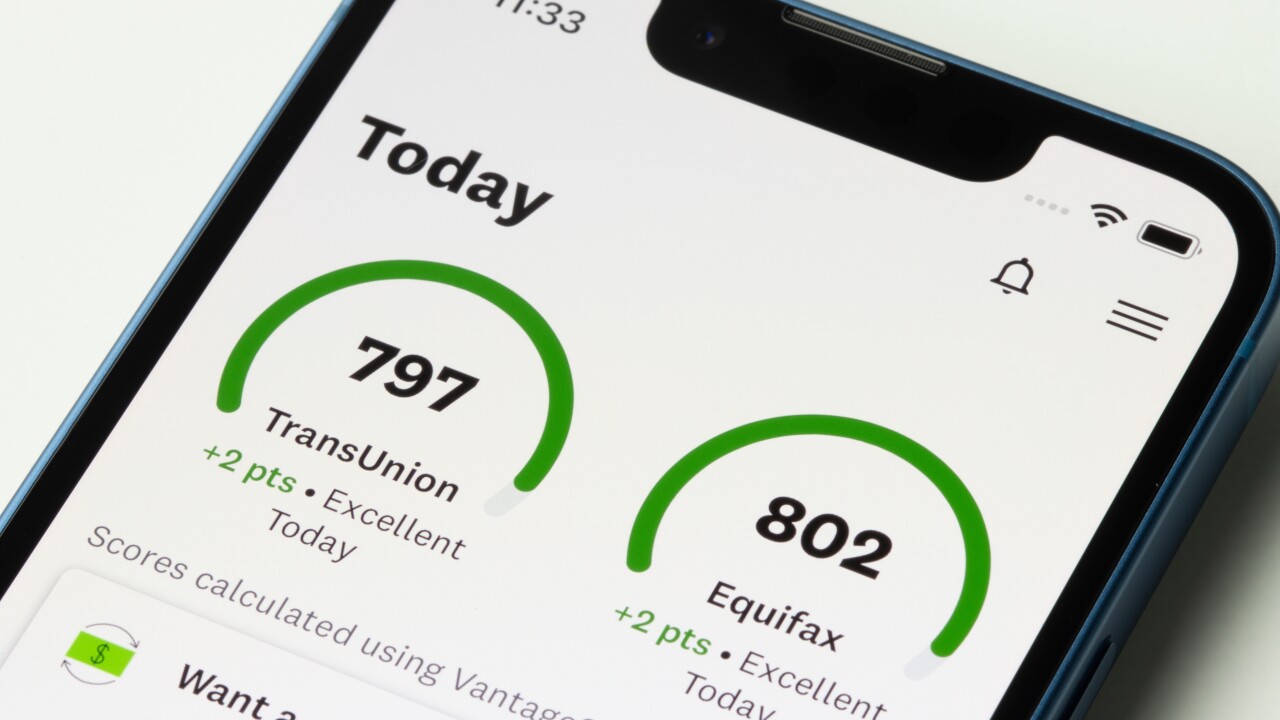Should policymakers ever resolve their impasse over housing finance reform, Freddie Mac's third-quarter earnings report points to the mortgage giant being in better position to exit its federal conservatorship and attract private capital.
The company recorded a slight increase from the second quarter in a new metric that investors could use to assess both Freddie and Fannie Mae if they were ever privatized. Freddie also took steps aimed at sharing significantly more single-family credit risk with the private sector.
In addition to generating $2.7 billion in net income and $2.6 billion in comprehensive income during the third quarter, Freddie generated a return on modeled capital, as calculated under the Conservatorship Capital Framework, of 19.7%.
Freddie's return on CCF capital was up from 16.4% the previous quarter, when it began reporting the metric, and its net and comprehensive income numbers were similar to those it has produced in

The government has long
But if policymakers ever make progress, Freddie's improvement on the metric could be a sign of how smooth a transition would be into the private sector. Return on CCF capital serves as a proxy for return on equity, which is a key measure of companies' performance in the broader market.
"That number is extremely important for people who think about privatization," Freddie CEO Donald Layton said in an interview.
While Freddie's return on CCF capital was higher in the third quarter, it also contained $400 million worth of items that do not reflect the GSE's "routine business success," making the number that much higher than it normally would be, Layton noted during the company's earnings call Wednesday.
Those items included $200 billion in net benefit from single-family legacy asset dispositions, and another $200 million in benefit from the reduced write-down of net deferred tax assets from tax reform legislation enacted in the fourth quarter of last year.
In addition to serving as a proxy for ROE, the capital framework is also used by Freddie to make routine risk-versus-reward decisions at the direction of the Federal Housing Finance Agency.
CCF also serves as the core basis for the FHFA's proposed rules for minimum capital requirements, which could apply if the GSEs exit conservatorship.
In addition to taking steps that improve its return on CCF capital during the quarter, Freddie implemented a change to its credit risk transfer structure that could help it reduce the amount of required capital it would need to hold.
While previous CRT structures required private investors to start absorbing risk after credit losses had surpassed 50 basis points for a maximum of 12.5 years, the new enhanced CRT structures require investors to start absorbing risk after credit losses surpass 10 basis points for up to 30 years.
"That dramatically increases the amount of risk they'd be taking and therefore the amount of capital relief we'd be getting on that transaction," Layton said in the interview.
In his earnings call, Layton said Freddie could reduce the amount of CCF capital the company needs to hold on new loans by roughly 60% on average using the previous CRT structure. The new structure introduced in September could decrease the amount of CCF capital Freddie needs to hold on new loans by 80%, he said. The benefit to Freddie will materialize slowly as it will take some time to build up investor acceptance and a performance track record for securities.
Serious delinquencies at Freddie Mac during the third quarter dropped another notch to 0.73%, from 0.86% a year earlier and from 0.82% the previous quarter. But the serious delinquency rate may tick upward on a temporary basis as Freddie-backed loans absorb the impact of recent hurricanes.





